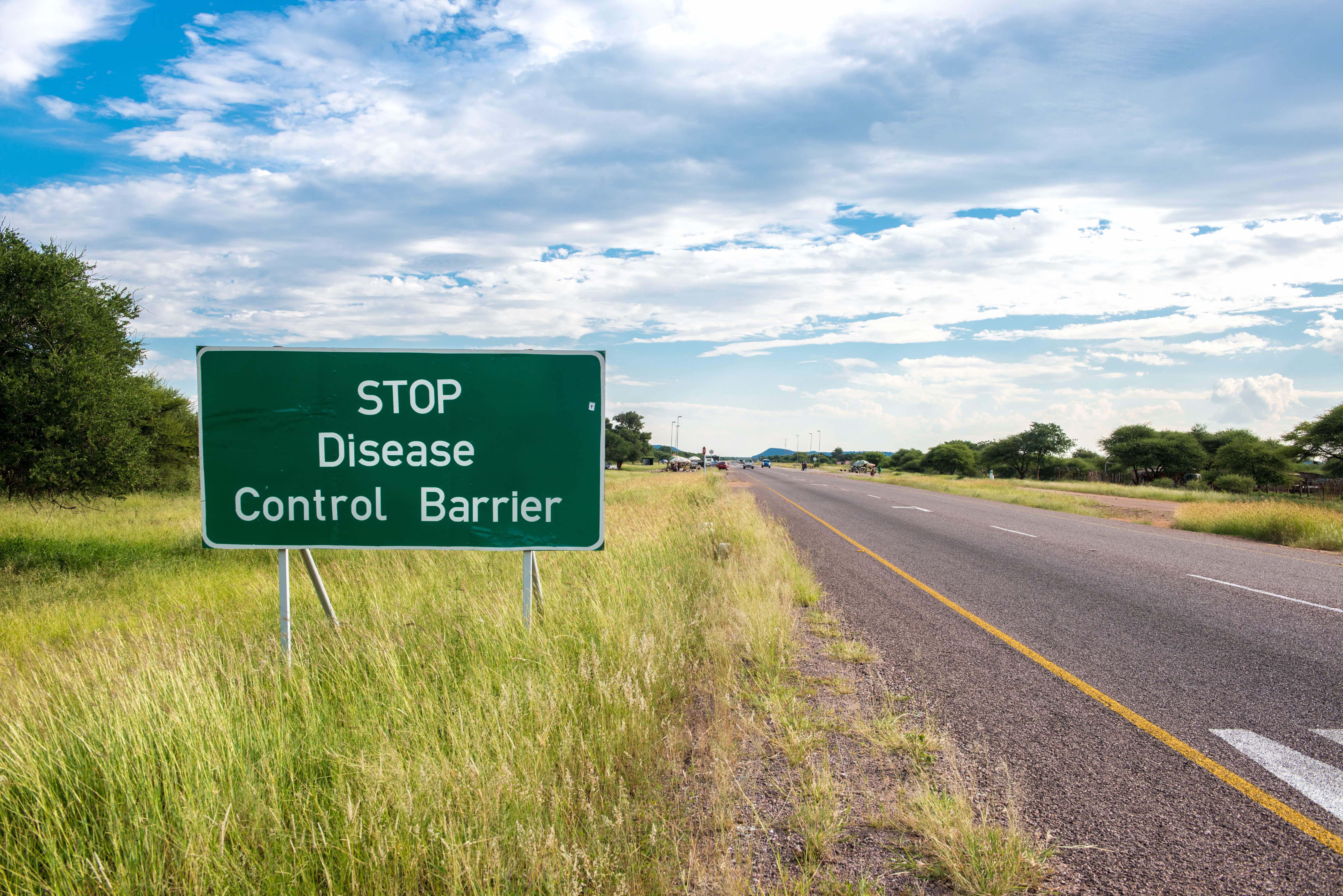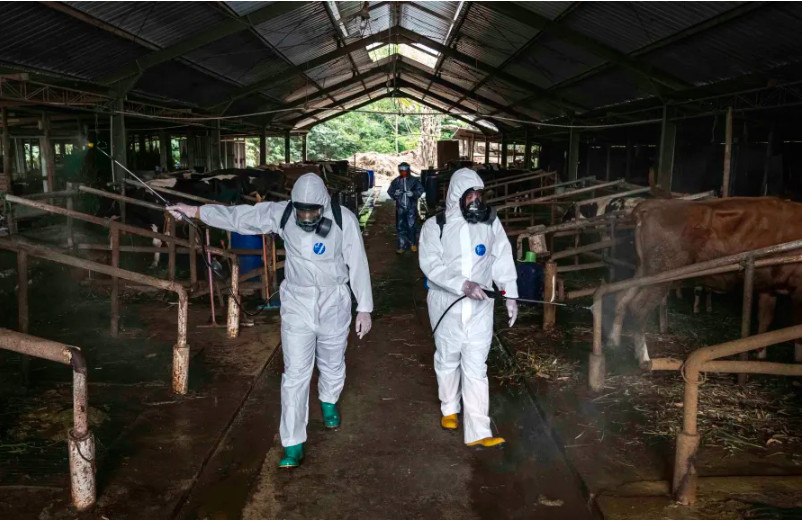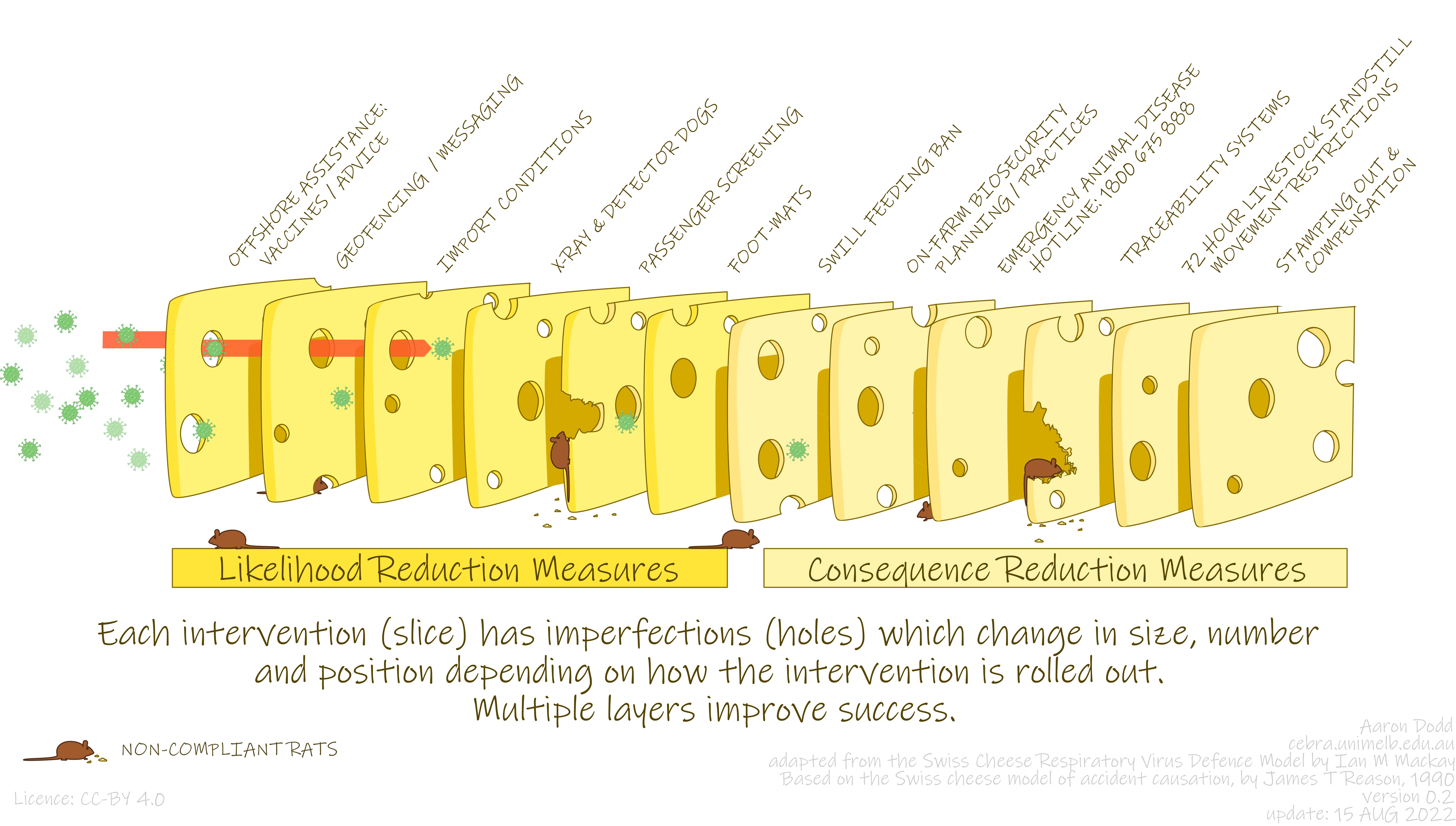
Sciences & Technology
Protecting Australia from foot-and-mouth disease

The spread of foot-and-mouth disease to Bali was not unexpected, but what we each do next will determine the consequences for Australia
Published 17 August 2022
The detection of foot-and-mouth disease (FMD) in Bali, Indonesia last month has sent shockwaves through the livestock sector in Australia – and for good reason.
FMD is a highly contagious viral infection that affects cattle, sheep and pigs. Just one case of the disease in Australia would shut our AU$32b annual export market for livestock products for at least three months.

And export losses would be in addition to those associated with the slaughter of tens of thousands of animals likely to be needed to control an outbreak and the flow-on effect to rural communities due to lost tourism.
Understandably then, there is much concern around the spread of FMD to Bali – the disease hasn’t been this close in forty years and 25,000 people now travel between Bali and Australia each week. But what is the actual risk of an outbreak in Australia? And should we be alert or alarmed?

Sciences & Technology
Protecting Australia from foot-and-mouth disease
Formally, the International Standard for Risk Management (ISO 31000) defines risk as “the influence of uncertainty on objectives”. Put simply, what could happen, how likely it is to happen, how it might affect our goals and by how much?
The current goal of Australian agriculture is to grow the gross value of production to AU$100bn per annum by 2030. So, how does the threat of an outbreak affect that aim?
Anyone who has endured a risk management workshop will be familiar with the risk being assessed based on likelihood and consequence. We do that because – when done correctly – the likelihood of an event multiplied by its consequence is equal to the ‘expected value’ of that event.
For example, if an outbreak has a 10 per cent (or 1 in 10) chance of occurring in any particular year and would cause AU$50bn in losses if it did, then the expected value is an AU$5bn loss, per year.

While we don’t know which risks (i.e., outbreaks) will occur, we do know that once all the possible risks (not just foot-and-mouth disease but others like Xylella fastidiosa, lumpy skin disease, brown marmorated stinkbug, etc.) are considered that their combined impact on our aim will be roughly equal to the sum of the expected values for each individual risk (with some important caveats).
This logic is known as ‘risk pooling’ and is the process that insurance companies use to ensure that they can cover the cost of payouts from the premiums that they collect.

Sciences & Technology
An ounce of biosecurity prevention is worth two pounds of cure
The challenge, though, is to estimate likelihoods and consequences accurately.
For events that happen often, such as fires or floods, it is possible to look back over history to get a sense of how likely it is that they will occur in the coming year.
For rare events this approach isn’t possible because we simply don’t have enough historical reference points – the world is changing too rapidly.
Structured Expert Judgement (SEJ) is a framework that is used widely to support decision-making where significant uncertainty exists, and data are lacking.
For high-stakes decisions we use what’s known as the IDEA protocol, which comprises four stages - Investigate, Discuss, Estimate and Aggregate - each of which is designed in a way that aims to prevent or compensate for known flaws and biases in our thinking processes.

First, a diverse group of experts is recruited and briefed to undertake their own independent investigation, sourcing their own information, analysing it, and making an initial private judgement of the likelihood, including how confident they are in their estimate.
The full set of de-identified estimates is then shared with the group of experts who discuss how different opinions might have come about, share information that they have at hand, and try to expose errors in reasoning or differences in assumptions. Critically, they do not have to agree or reach a consensus.

Sciences & Technology
The wicked risks of biosecurity
The experts are then asked to make a second private judgement that considers everything that they have seen and heard. No one else sees this estimate which is, finally, aggregated into an overall group estimate.
In March 2021 our research group, the Centre of Excellence for Biosecurity Risk Analysis (CEBRA), ran an SEJ exercise on behalf of the Australian government to estimate the likelihood of an outbreak for each of four separate animal diseases in Australia in the coming five years.
That group of experts estimated that the likelihood of an outbreak of foot-and-mouth disease in the subsequent five-year period was 9 per cent, with a range of 1 to 19 per cent.
When the disease was detected in Indonesia in May 2022, the group was re-convened and the estimated likelihood was revised up to 11.6 per cent, with a range of 3 to 20.5 per cent.

Since the detection of the disease in Bali, we’ve had numerous questions about whether the SEJ exercise needs to be re-done, in response to several quotes suggesting that the ‘risk’ of an outbreak in Australia has increased dramatically since the disease arrived there.

Sciences & Technology
Targeting the bacteria inside insects for improved pest management
The answer lies in our definition of risk. Because the SEJ exercise estimated the likelihood of an outbreak in the next five years, participants did consider how the outbreak in Indonesia might evolve over that period – including the potential spread of the disease – before settling on their estimates.
This means the current risk estimates already factor in the potential arrival of the disease in Bali. In fact, it would have been surprising had the disease not arrived there.
So how do we reconcile the statements in the media that the risk has increased? Think about the chance of rain. The likelihood that it will rain in the next hour is a different, but related, question to the likelihood that it will rain today. The likelihood depends on the timeframe.
The same can be said for an outbreak – the risk, per day, has increased as the disease spreads across Indonesia; but the risk, over the next five years, hasn’t because it was always assumed it would.
And now, there are early signs that the Indonesian outbreak is coming under control.

To be clear – the consequences of an FMD outbreak are significant; and, for those directly affected they are dire. But the unspoken reality is that, whilst the focus over the last month has rightly been on the government’s efforts to reduce the likelihood, the future consequences of an outbreak largely depend on us.

Sciences & Technology
From racehorses to bananas: The importance of biosecurity
Biosecurity is like a block of Swiss cheese. Every slice has holes but when those slices are lined up, they are almost impenetrable. For more than 150 years, these systems have kept FMD out.
If the disease is detected quickly, traced effectively, and contained to a handful of farms because of good on-farm biosecurity practices then we’re potentially looking at an outbreak like the UK in 2007 which involved just eight farms – as opposed to more than 2000 farms in the 2001 outbreak.
The worst-case scenarios of foot and mouth disease have been frequently used to highlight the potential impact an ongoing decline in funding for biosecurity, and that’s led to panic in recent weeks. While it’s true that sustainable investment in biosecurity is vital for Australia, if we all play our part in the days and weeks to come, we need not see those worst-case impacts of an outbreak.
So be alert, but not alarmed.
Banner: Getty Images